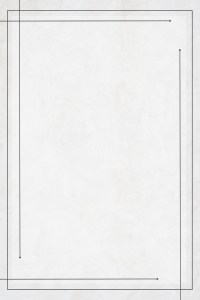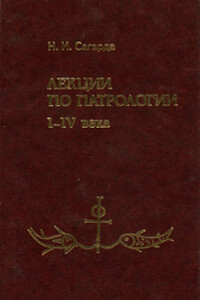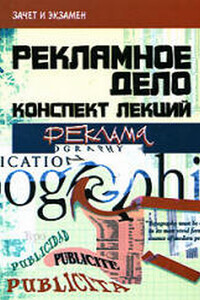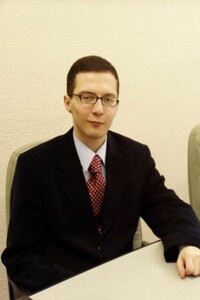Западноевропейское искусство от Джотто до Рембрандта | страница 2
Giotto's masterpiece is the cycle of frescoes, dating from 1305-1306, illustrating the life of the Virgin and the life of Christ, that lines the interior of the Arena Chapel in Padua. The Redemption of man is the subject, and Jesus and Mary are the protagonists. The two side walls are covered with frescoes on panels arranged in three layers. Giotto painted the Vices on the north wall, and the Virtues on the south wall.
In one of the early scenes, Joachim among the Shepherds, Joachim, father of the Virgin, takes refuge with shepherds in the wilderness after his expulsion from the Temple. Humiliated, his head bowed, he stands before two shepherds, one of whom scans his companion's face to see whether they dare to receive the outcast. The dog, the symbol of fidelity leaps in joyful greeting. Giotto accepted one scale for the figures and another for the surroundings including the animals and the sheepfold. For all his ability to project three-dimensional forms, Giotto is far from having the notion of visual unity. His landscape has an expressive purpose. The cubic rocks form a definite stage in space limited by the blue background. It does not represent the sky; it is an ideal heavenly colour that continues behind all the scenes. In order to emphasize the three-dimensionality of Joachims's figure, Giotto has designed his halo foreshortened in perspective.
Giotto's Madonna and Child Enthroned, of about 1310, is a ceremonial representation of the Virgin as Queen of Heaven. The distant space is ruled out by the traditional background. Giotto introduced light and inward extension in a direct and convincing manner. He placed the throne above a marble step and the Virgin sits firmly within it. The angels kneeling in the foreground are solid. The angels and saints firmly stand on either side of the throne. Light without indication of source, models the forms so heavily that they resemble sculptural masses. Giotto's miracle lay in his ability to produce for the first time on a flat surface three-dimensional forms. Giotto's facial types and drapery motives recall Gothic sculptures.
In the Raising of Lazarus the composition divides into two groups: one centred around Lazarus, who has just risen from the tomb and is still wrapped in graveclothes is read together with the rock; the other beginning with prostrate Mary and Martha, culminates in Christ, who calls the dead man forth by a single gesture of his right hand against the blue. The calm authority is contrasted with the astonishment of the surrounding figures.




